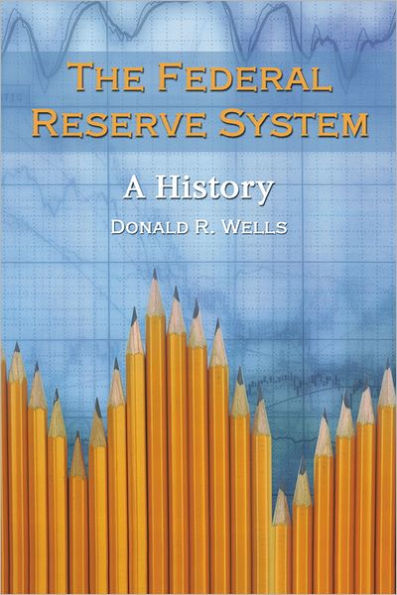The Federal Reserve banking system was created in 1913 in an effort to bring coherence to nationwide banking practices and prevent crises like the financial panic of 1907. Since it began operating in 1914, the Federal Reserve has played a crucial role in determining American financial policy and practice. It is largely an entity unto itself, operating independently, rarely subject to the political machinations of Congress or the presidency. Yet few Americans know how it works, and even fewer know anything of its history.
This history of the Federal Reserve begins by giving an overview of American banking practices before the Federal Reserve's formation. The events leading to the Reserve's creation, and its early trials and tribulations, are then documented. Subsequent chapters track the Federal Reserve's history: its role during times of financial and military crisis, its relationship to each presidential administration, and the Fed's evolution as its leadership has changed over the years. The history wraps up with the Alan Greenspan era, explaining major changes in the institution's operating procedures since the 1980s. An appendix lists all members of the Federal Reserve Board of Governors, from its formation until 2003.



